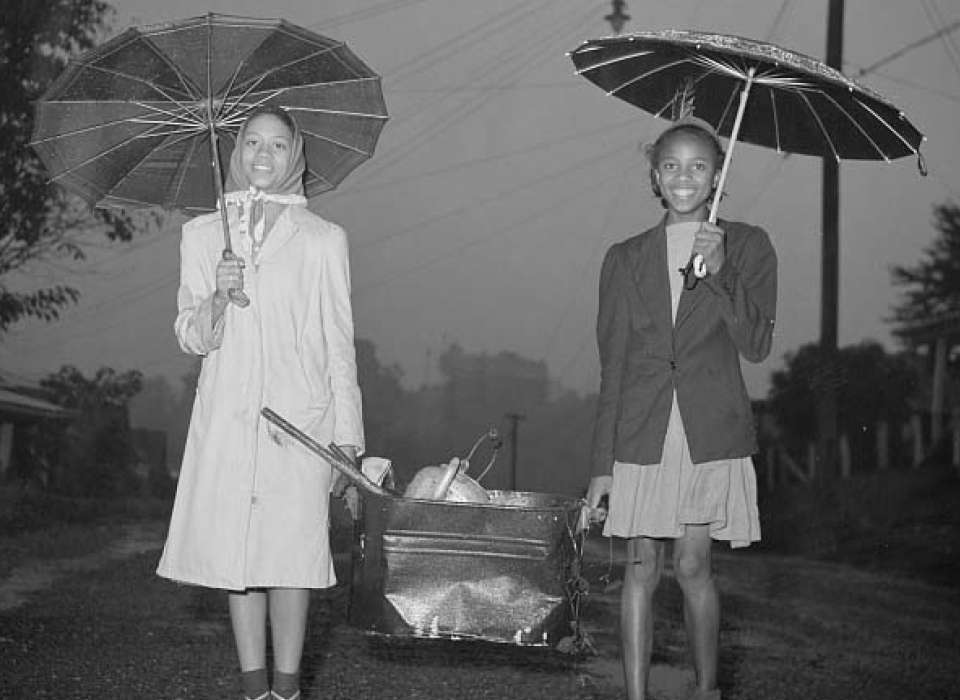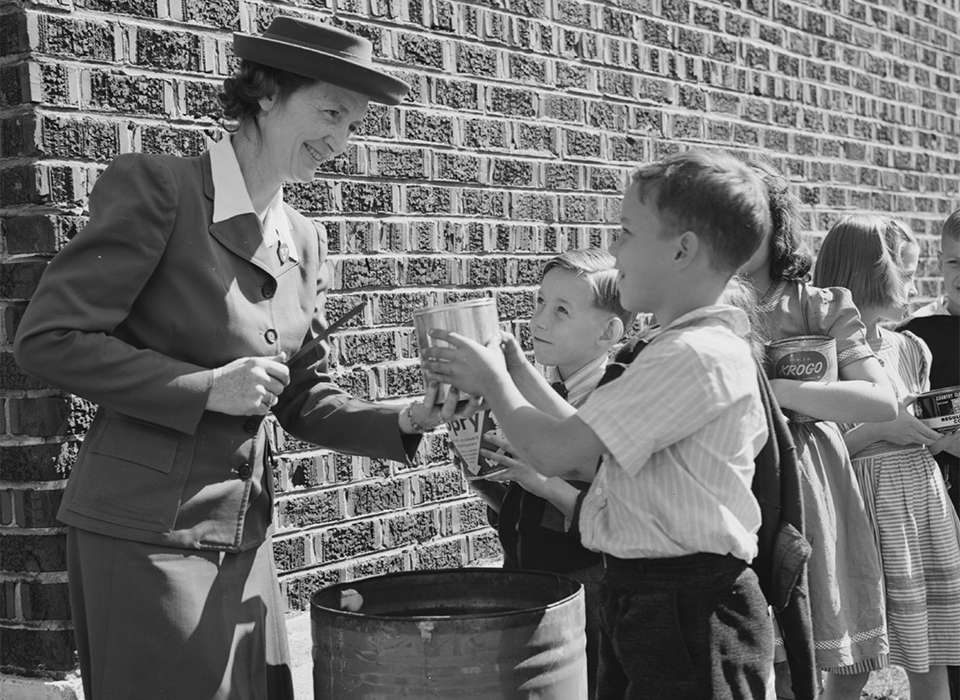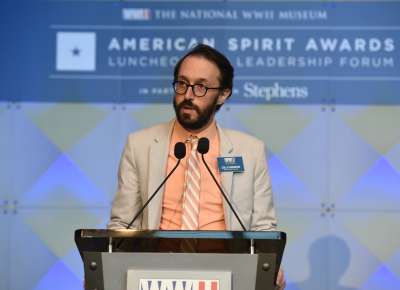Top image courtesy of the Library of Congress.
On January 10, 1942, only one month following the devastating attacks on Pearl Harbor, the United States launched one of its most important and also most memorable domestic initiatives of the entire war: the “Salvage For Victory” campaign. The campaign asked that all Americans do their part in supporting the new war effort by collecting, saving, conserving, and recycling materials that could be repurposed for military uses.
Millions of Americans answered the campaign’s call: from school children leading neighborhood scrap drives to elected officials in some of the highest offices of the land, coordinating city and county-wide sweeps for materials deemed vital to America’s fight against the Axis.
A number of federal and state agencies were involved in the campaign. For example, the US Office of Production Management sent pledge cards to retailers asking them to save scrap metal, rags, or rubber. The Bureau of Industrial Conservation of the War Production Board (WPB) asked American mayors to save the same kinds of materials from municipal dumps and incinerators. In New York City, the Department of Sanitation began picking up materials on an alternating schedule with regular garbage collection.
By the end of the war, millions of tons of materials including scrap metal, rope, paper, and even waste fat from stoves had been collected and put to use. Nearly every county in the country had its own salvage committee or salvage board operating in cooperation with the WPB in mobilizing both the efforts of everyday Americans, but also in reaffirming the message of why it was so important.
In addition to marshalling physical resources for the war effort, the campaign had a fundamental impact on American attitudes. By convincing broad and diverse cross-sections of American citizens that their “doing without” was patriotic and, indeed, essential for the outcome of the war, the “Salvage for Victory” campaign represented one of the great propaganda victories for the United States government during World War II.
The “Salvage For Victory” campaign, with its many slogans, pamphlets, posters, and infographics, presented images that are immediately familiar to this day, insofar that some of them almost transcend the WWII Home Front experience entirely. Despite not taking place on an overseas battlefield, this marshaling the strengths of millions of Americans to “Get In The Scrap” should not be overlooked for its importance or its lingering evocative powers.
The National WWII Museum celebrates and salutes the efforts behind the “Salvage for Victory” campaign both in exhibits, such as those in The Arsenal of Democracy exhibit, and also in its “Get In The Scrap” service learning program for upper elementary and middle school students. Inspired by the scrapping efforts of students during World War II, “Get in the Scrap” is a national service learning project for students in grades 4-8 all about recycling and energy conservation.
“Get In the Scrap” takes examples from the Home Front in World War II, when even the youngest Americans were doing their part to help win the fight, and uses them as the basis for modern challenges and obstacles that need to be overcome. Classrooms participating in the “Get In The Scrap” service learning program learn about the importance of recycling both then and now, and how comparatively small actions can produce deep impacts when enacted on a mass scale.
The “Get In The Scrap” program also provides prizes and incentives for classrooms who complete enough lessons and activities within its curriculum. Through this program, it is hoped that students will be empowered to positively impact the environment in the same way that students 80 years ago played a positive role on the Home Front in securing victory in World War II.
Get in the Scrap
This program is FREE and teachers can register their classrooms at any time.
Collin Makamson
Collin Makamson is the former Assistant Director of Education for Curriculum at The National WWII Museum.
Cite this article:
MLA Citation:
APA Citation:
Chicago Style Citation:










